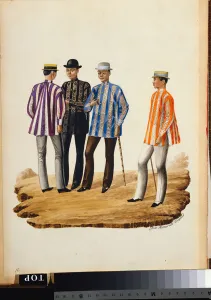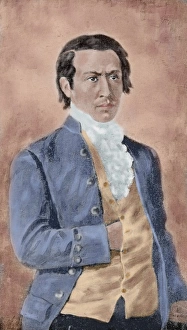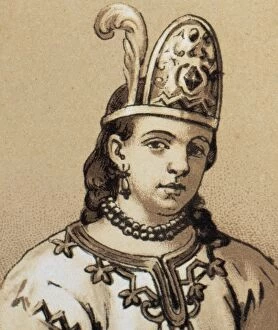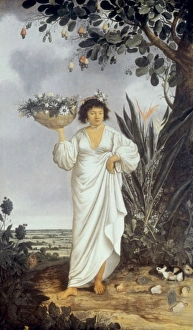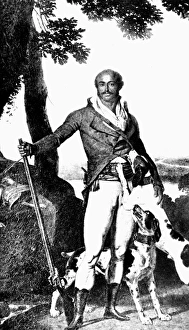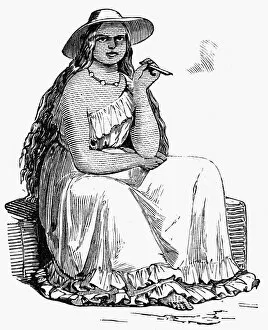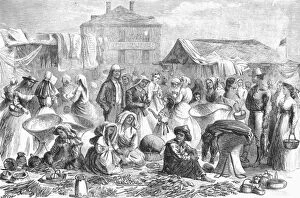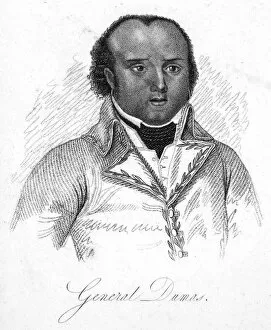Mestizo Collection
"Mestizo: A Tapestry of Mixed Heritage Unveiled" In the intricate tapestry of history, one cannot overlook the significant influence and contributions of mestizos
All Professionally Made to Order for Quick Shipping
"Mestizo: A Tapestry of Mixed Heritage Unveiled" In the intricate tapestry of history, one cannot overlook the significant influence and contributions of mestizos. Originating from diverse cultural backgrounds, these individuals embody a fusion of Cambuso Chinese and Loba Indian ancestry, creating a unique blend that emerged in 18th century Mexican painting. One notable figure who exemplifies this rich heritage is Francisco Javier Eugenio de Santa Cruz y Espejo (1747-1795). As an influential Ecuadorian intellectual and journalist, he championed social justice for all mestizos, advocating for their rights amidst a society marked by racial hierarchies. Delving deeper into the annals of time, we encounter Malinche (c. 1496-1529), whose story is etched in colored engravings. Known as an interpreter and advisor to Hernán Cortés during the Spanish conquest of Mexico, she symbolizes both admiration and controversy surrounding her role as a bridge between cultures. A captivating engraving portrays another facet of Malinche's legacy - her complex identity as a mestiza. This depiction serves as a reminder that mestizos have long been intertwined with historical narratives across continents. Traveling further south to Lima, Peru, we witness the presence of mixed-race individuals illuminating their surroundings with torches or candles. These images capture not only physical diversity but also shed light on the metaphorical illumination brought forth by mestizo culture within Peruvian society. The allure continues with "Manila and its Environs: Mestizos Going to the Fiesta, " showcasing vibrant watercolors infused with bodycolor pigments. This artwork encapsulates festivities where mestizos proudly celebrate their blended heritage while embracing traditions inherited from both Spanish colonizers and indigenous peoples. An oil-on-canvas masterpiece titled "Spaniard and Indian Produce a Mestizo" transports us back to c. 1715, depicting the union of two distinct cultures.




